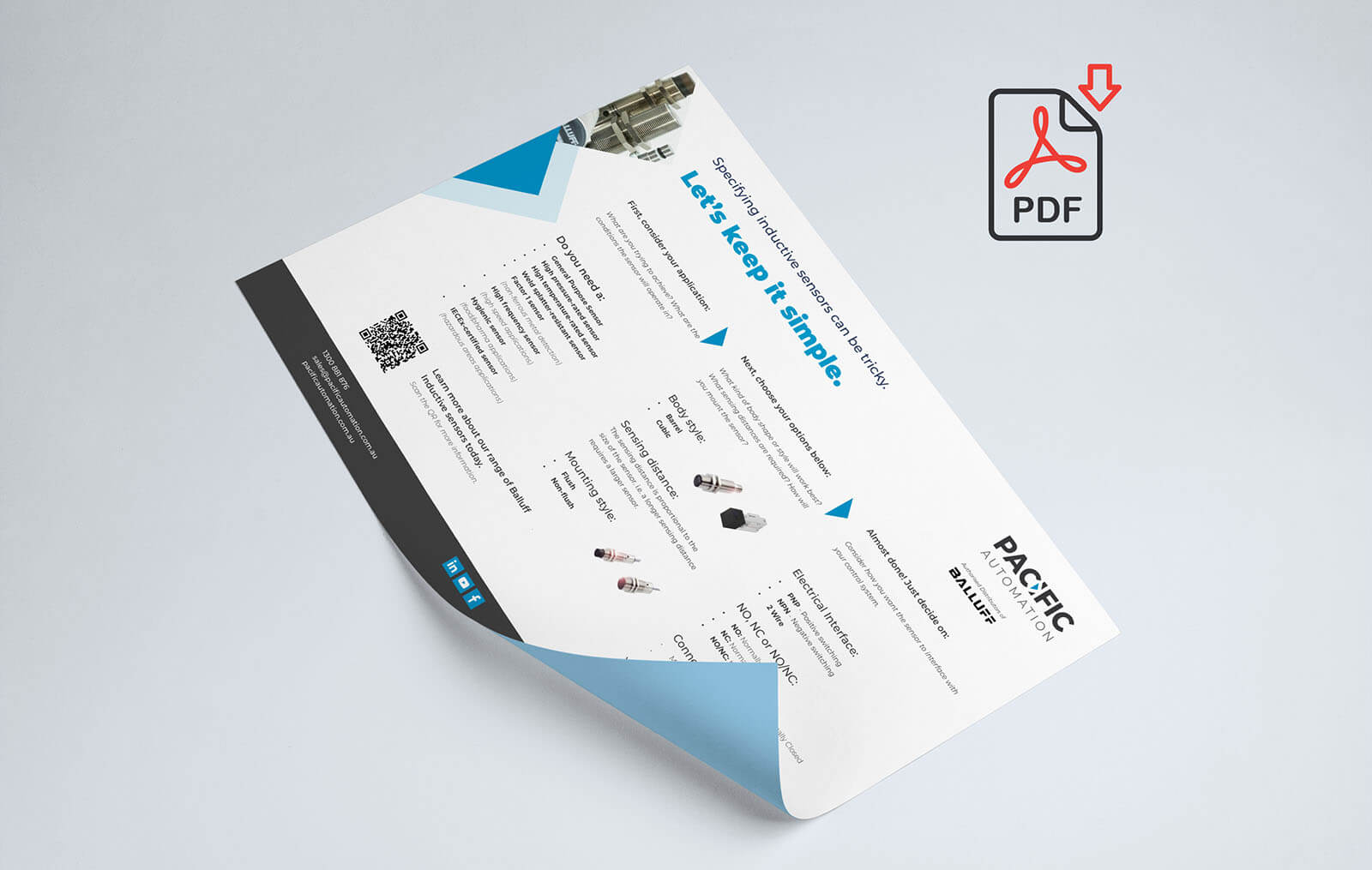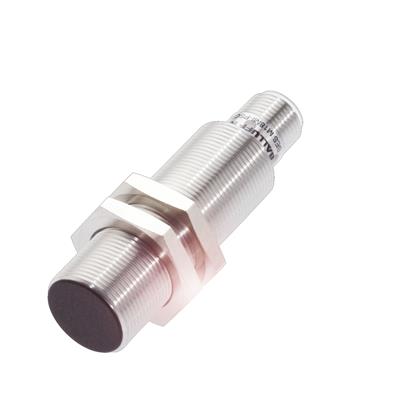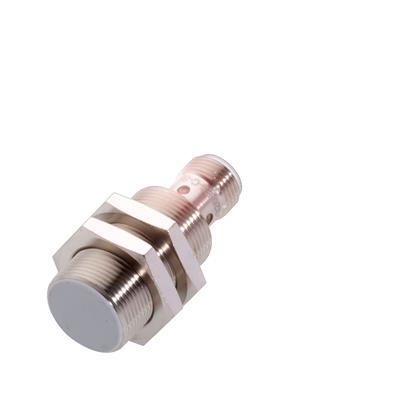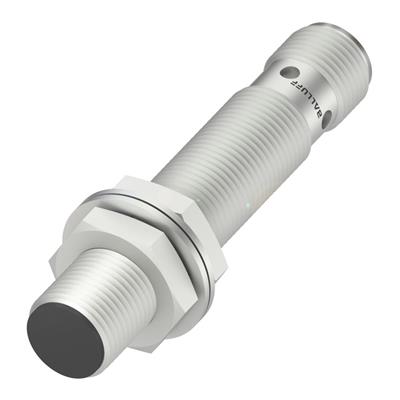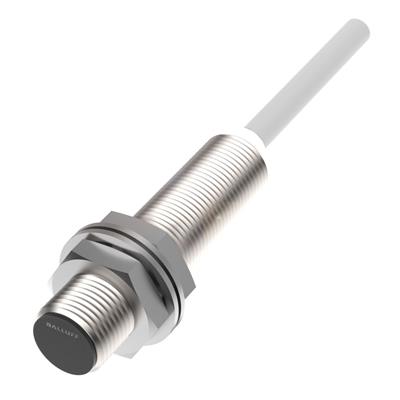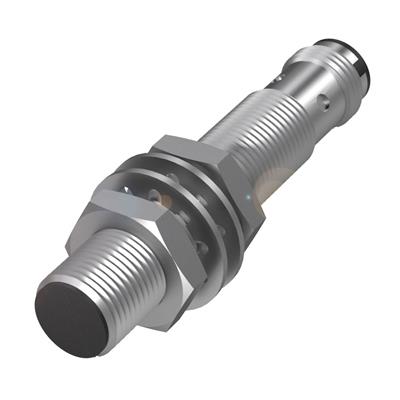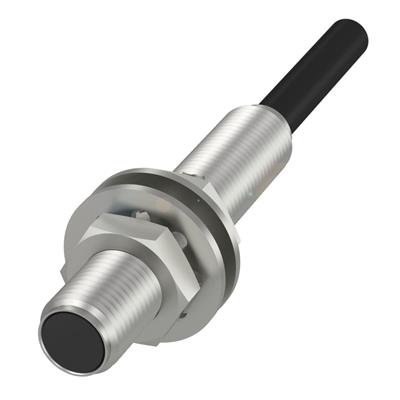Need help specifying an inductive sensor?
We're here to make it easy.
Discover the Balluff range of inductive proximity sensors. Access a massive range of variants.
Get expert technical support. Rely on our expertise.
Get in TouchLive Chat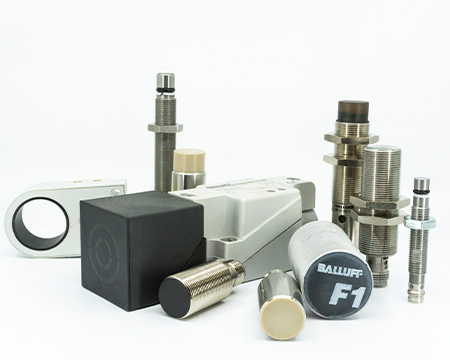
WATCH: How to Specify an Inductive Sensor
Picking up a new sensor? Or sourcing a replacement?
There's a few key factors to consider.
Our specialist Neeraj runs you through the process.
Download your free sensor cheat sheet.
Do you have a sensor experiencing repeated failure?
Specify the best solution every time with this handy PDF guide.
Alternatively, get in touch today for individualised assistance.
Browse Inductive Sensors
View All ›Balluff BES008L - BES M18MI-PSC80B-S04G
Balluff BES00EZ - BES M18ME-PSC80B-S04G-003
Balluff BES02K1 - BES M12MI-PSC30B-S04G-W
Balluff BES022W - BES Q40KEU-NAH20B-S04G-001
Balluff BES0065 - BES M12MI-PSC40B-BV05
Balluff BES005N - BES M12MI-POC40B-S04G
Balluff BES00H3 - BES 516-3005-G-E4-C-PU-02
Need help choosing an inductive proximity sensor?
We can assist you with product selection and supply. Engage with our technical team today.

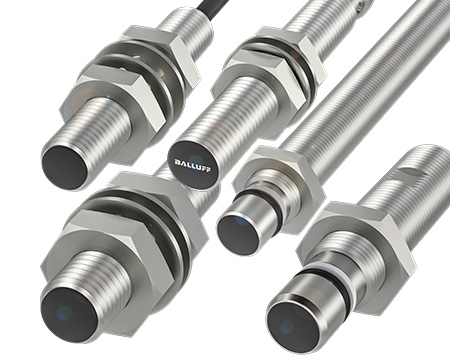
A full range of inductive sensor variants.
What's the job this week?
- High pressure rated sensors, for use with hydraulic cylinder applications
- Hygienic sensors, for food or pharmaceutical applications
- Factor 1 sensors, for detection of non-ferrous metals such as aluminium or brass
- Magnetic field and weld-splatter resistant sensors, for welding applications
- High temperature sensors
- High frequency sensors, for speed detection applications
- IECEx-certified sensors for hazardous area applications
Flush vs non-flush inductive sensors
Flush sensors are installed flat with the mounting bracket, meaning they don’t protrude out from the material. This helps protect the sensor from accidental damage or impact.
Flush sensors are often referred to as shielded or embedded sensors.
Non-flush sensors are installed with the tip of the sensor protruding out from the mounting material. This style provides an extended sensing range from the same body size.
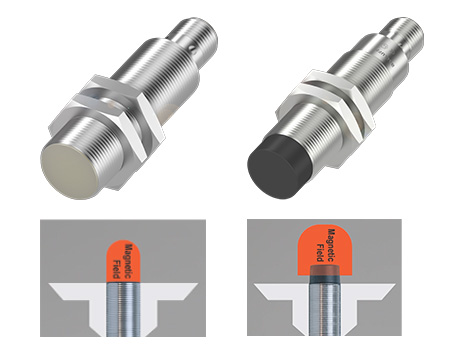
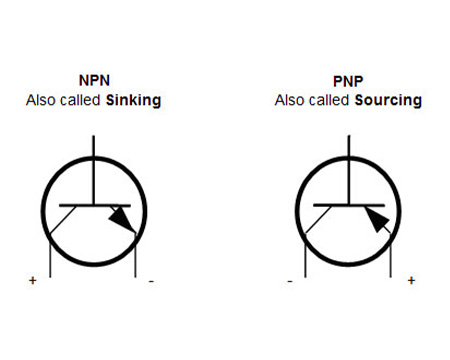
PNP vs. NPN: What's the deal?
In a nutshell: Positive vs negative default output.
A PNP sensor will send a positive signal during its “ON” state.
A NPN sensor will send a negative signal during the “ON” stage.
Before selecting a sensor, consider your control system. Does it expect to receive a positive signal, or a negative signal?
The majority of inductive sensors we supply to the Australian market are PNP. We also offer a full range of NPN sensors for specific applications.

